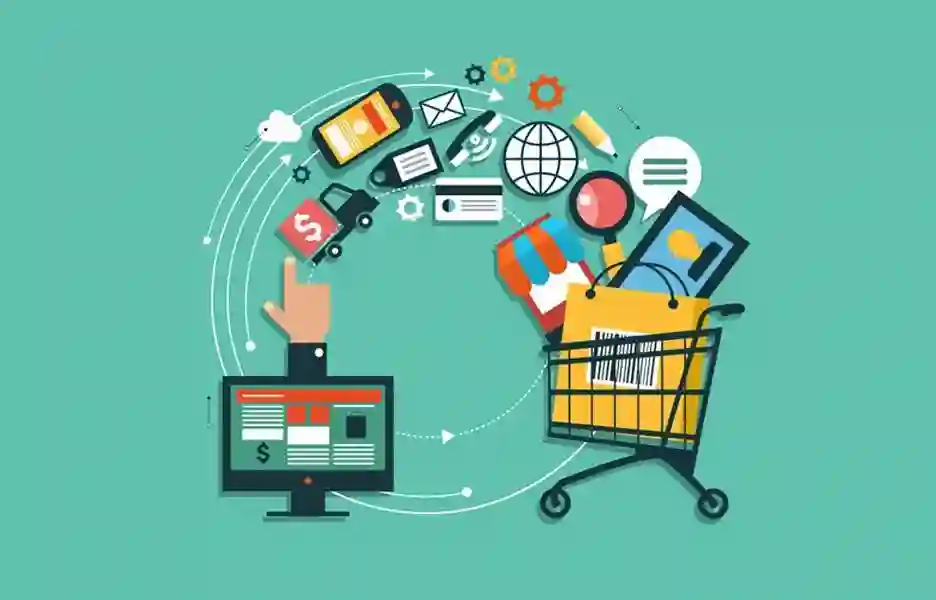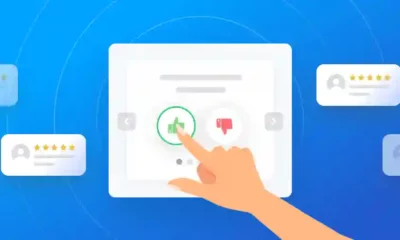
In today’s highly competitive e-commerce landscape, cross-selling has become an essential business strategy to increase revenue and improve customer loyalty. Cross-selling involves promoting complementary or related products to customers who have already purchased, increasing the average order value and encouraging repeat business. This blog will discuss six ways to use cross-selling techniques in e-commerce.
- BUNDLE COMPLEMENTARY PRODUCTS
One effective way to cross-sell is to bundle complementary products and offer them at a discounted price. For example, if a customer has just purchased a smartphone on a B2B sales portal, the e-commerce portal can offer them a bundle that includes a phone case, screen protector, and charging cable. This increases the average order value and provides customers with a complete solution that meets all their needs.
- RECOMMEND RELATED PRODUCTS
E-commerce portals can recommend related products to customers based on their browsing and purchase history. If a customer has just purchased a laptop on a B2B portal, the portal can recommend related products such as a laptop bag or a mouse. This helps customers discover new products that they might be interested in and increases the chances of them making another purchase.
- OFFER PERSONALIZED PRODUCT RECOMMENDATIONS
Personalization is a powerful tool in e-commerce, and personalized product recommendations can be an effective way to cross-sell. E-commerce portals can use customer data such as purchase history, browsing behaviour, and demographic information to offer personalized product recommendations to customers. For example, if a customer has just purchased a camera on a B2B sales portal, the portal can offer them a personalized recommendation for a camera bag or a tripod.
- USE EMAIL MARKETING
Email marketing is another effective way to cross-sell to customers. E-commerce portals can send personalized emails to customers, including product recommendations based on their browsing and purchase history. For example, if a customer has just purchased a printer on a B2B portal, the portal can email them recommendations for ink cartridges or paper.
- TRY UPSELLING
Upselling involves promoting premium or higher-end products to customers who have already purchased something. For example, suppose a customer has just bought a basic software model on a B2B sales portal; you can promote the premium version of the software that includes additional features and functionalities. This increases the average order value and provides customers with a better overall experience.
- USE SOCIAL MEDIA
Social media is an effective tool for cross-selling, particularly for B2C e-commerce portals. E-commerce portals can use social media platforms such as Instagram and Facebook to promote complementary products to customers who have already purchased from their portal. For instance, if a customer has just bought a pair of shoes on an e-commerce portal, the portal can promote matching accessories, such as a bag or a scarf, on their social media pages.
QUOODO’S TAKE ON THE ABOVE CROSS-SELLING TECHNIQUES
As seen above, cross-selling is a powerful strategy that e-commerce portals can use to increase revenue and improve customer loyalty. By bundling complementary products, recommending related products, offering personalized recommendations, using email marketing, upselling premium products, and using social media, e-commerce portals can effectively cross-sell to their customers. For B2B portals, this is particularly important as it helps in generating higher revenue and building long-term customer relationships on the B2B sales portal.
Related posts:

Categories
- Apps (1)
- Automotive (23)
- Beauty (7)
- Business (118)
- Celebrities (2)
- Digital Marketing (21)
- Ecommerce (1)
- Education (18)
- Entertainment (25)
- Events (6)
- Features (4)
- Fitness (10)
- Food (2)
- Forex & Crypto (21)
- General (105)
- Health (48)
- House (61)
- Lifestyle (48)
- Marketing (8)
- Parenting (3)
- Pets (10)
- Real Estate (7)
- Safety and Security (11)
- Social Media (20)
- Sports (105)
- Technology (67)
- Travel (22)




















